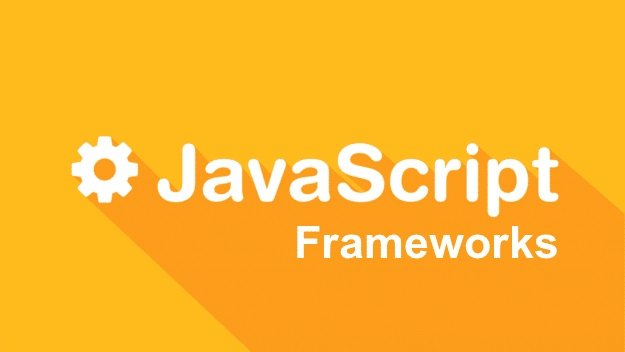Introduction
Website development is evolving at a rapid pace, driven by technological advancements, user demands, and industry innovations. Businesses and developers need to stay ahead of the curve to create seamless, engaging, and future-proof digital experiences.
As we step into 2025, several emerging trends will shape the future of website development. From AI-driven enhancements to immersive experiences, here are the top 10 trends that will dominate the web development landscape.
1. AI-Powered Web Development
Artificial intelligence is revolutionizing website development by automating tasks, enhancing personalization, and improving user engagement. AI-powered chatbots, predictive analytics, and automated design tools enable businesses to create smarter websites with dynamic, real-time content.
Key Benefits:
- AI-driven content recommendations
- Personalized user experience
- Automated customer support and engagement
2. Voice Search Optimization
With the rise of smart assistants like Alexa, Google Assistant, and Siri, voice search is becoming a fundamental aspect of web interaction. Websites must be optimized for voice queries using natural language processing (NLP) to cater to users who prefer speaking over typing.
Optimization Strategies:
- Focus on conversational keywords
- Implement structured data for better search indexing
- Improve website speed and mobile responsiveness
3. Progressive Web Apps (PWAs)
PWAs are bridging the gap between websites and mobile applications, offering users a fast, reliable, and app-like experience without requiring downloads. As businesses strive to enhance engagement, PWAs will dominate web development in 2025.
Advantages of PWAs:
- Faster load times and offline functionality
- Improved user experience on mobile devices
- Lower development costs compared to native apps
4. Web 3.0 and Decentralized Applications (DApps)
The shift towards Web 3.0 is bringing decentralized technologies to the forefront of web development. Blockchain-based applications (DApps) are enabling secure, transparent, and censorship-resistant experiences, redefining data ownership and user privacy.
Impact of Web 3.0:
- Enhanced security and transparency
- Greater user control over data
- Growth of decentralized finance (DeFi) platforms
5. AR & VR Integration for Immersive Experiences
Augmented reality (AR) and virtual reality (VR) are becoming integral to website development, providing immersive experiences for e-commerce, education, and entertainment. Websites incorporating AR and VR can offer interactive product previews, virtual tours, and gamified interfaces.
Use Cases:
- Virtual fitting rooms for e-commerce
- AR-enabled learning experiences
- Immersive brand storytelling
6. Cybersecurity Enhancements
With cyber threats growing, website security remains a top priority. Developers are implementing advanced cybersecurity measures such as multi-factor authentication (MFA), AI-driven security protocols, and stricter data encryption.
Key Security Trends:
- Zero-trust security models
- AI-based threat detection systems
- Decentralized security frameworks
7. API-First Development
APIs are becoming the backbone of web applications, enabling seamless integration with third-party services. API-first development allows businesses to build scalable, modular, and interconnected systems, improving efficiency and flexibility.
API-First Benefits:
- Faster development and deployment
- Easy integration with AI and IoT platforms
- Improved data sharing and connectivity
8. Low-Code & No-Code Development
Low-code and no-code platforms empower businesses to build websites without extensive coding knowledge. These tools are democratizing web development, allowing non-developers to create functional websites with drag-and-drop interfaces.
Why It’s Trending:
- Accelerated development timelines
- Cost-effective solutions for startups and small businesses
- Accessibility for non-technical users
9. Sustainable Web Design & Green Hosting
With growing concerns over digital carbon footprints, eco-friendly web development is gaining traction. Sustainable web design and green hosting reduce energy consumption by optimizing website efficiency and using renewable-powered data centers.
Sustainability Strategies:
- Minimalist website design for lower energy use
- Hosting on environmentally-friendly servers
- Improved efficiency through content delivery networks (CDNs)
10. Hyper-Personalization with Big Data
Personalization is no longer limited to product recommendations—it extends to website interfaces, navigation, and real-time interactions. By leveraging big data and AI, websites are becoming more adaptive to user preferences.
Personalization Techniques:
- Dynamic content based on user behavior
- Predictive analytics for customized interactions
- AI-driven recommendations and smart search
Conclusion
As technology advances, website development will continue to evolve, offering smarter, faster, and more immersive experiences. Staying ahead of these trends ensures businesses and developers maintain relevance in a competitive digital landscape.
Embracing AI, Web 3.0, PWAs, and cybersecurity innovations will drive the next generation of websites, creating impactful user experiences and setting new industry standards.
Let me know if you’d like any refinements or additional insights!



